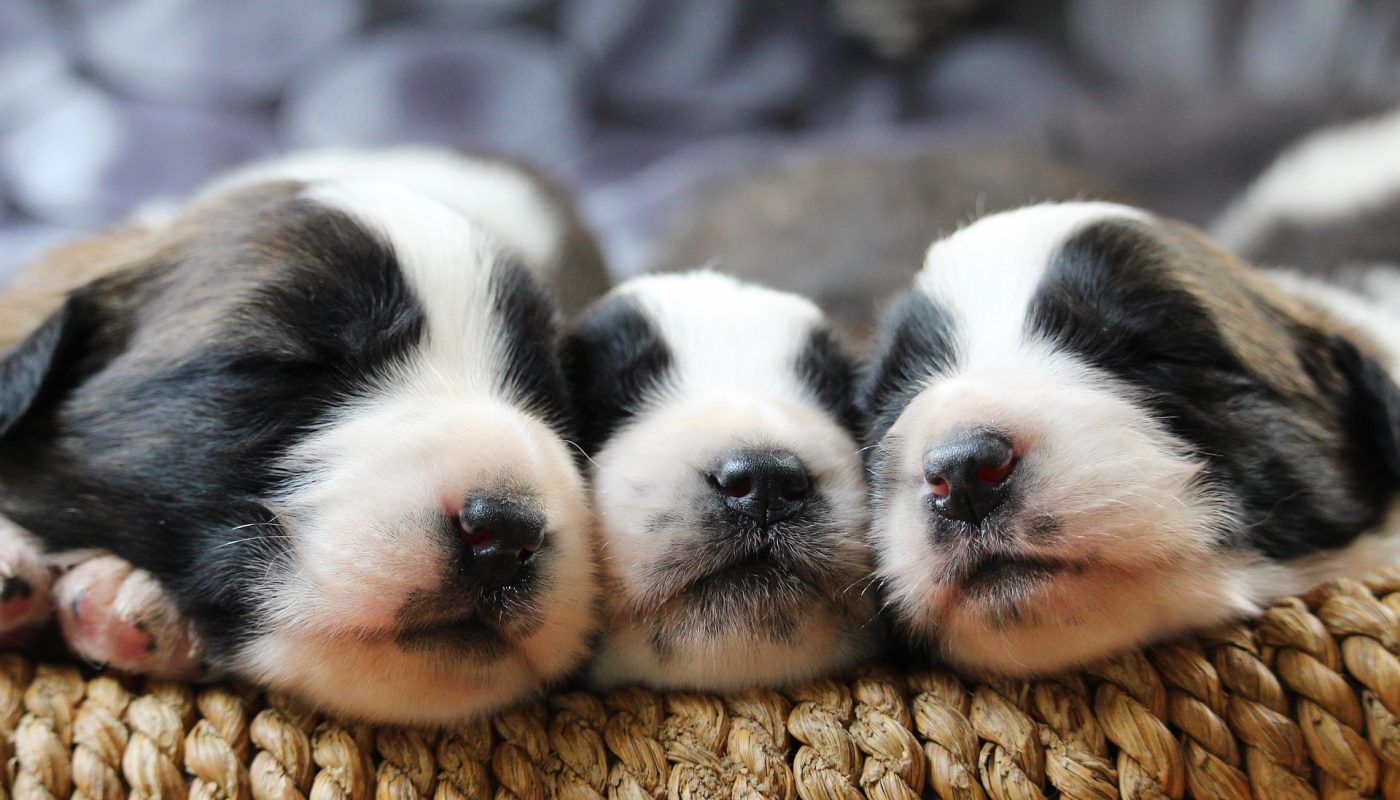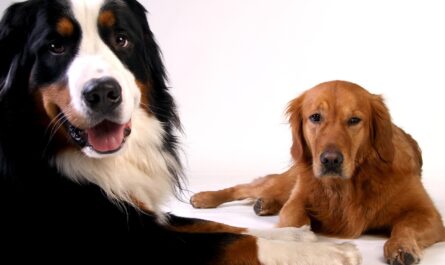Dear reader, Dogs are not just our devoted companions. They are also sophisticated beings with distinctive personalities. Did you know that your dog’s sleeping habits can tell you a lot about its character and behavior? Every facet of our furry pals, from the posture they select to how they move as they sleep, can reveal something about them. In this essay, we’ll look at 8 various sleeping positions that dogs frequently choose and what they might tell us about the personalities of the canines. We’ll go deeper into each posture, from “paw-over-paw” to “curled up,” to reveal the hidden meanings. This article will help you develop a better understanding of your dog’s sleeping habits, whether you’re a novice or a seasoned dog owner.
List of 8 best dogs sleeping positions
- Paw-over-paw position
One paw is crossed over the other. It’s common to hear people characterize dogs who sleep in this position as assured and in charge. They trust their owners and feel at ease in their surroundings.
- Curled up position
It’s common to attribute independence and self-sufficiency to dogs who snooze curled up in a small ball. They are comfortable in their own company and feel safe there.
- Stretch-out position
It’s common to think of stretched-out, carefree dogs as having all four legs extended when they snooze. They trust their owners and feel at ease in their surroundings.
- On-their-back position
Dogs who sleep with their bellies exposed on their backs are frequently described as being at ease and self-assured. They have confidence in their caregivers and feel safe there.
- On-their-side position
Dogs who sleep in this manner are frequently characterized as mellow and laid-back. They trust their owners and feel at ease in their surroundings.
- On-the-middle position
It’s common to think of dogs sleeping on their stomachs with their heads down as attentive and prepared for action. They can wake up more easily at the slightest noise since they are more conscious of their environment.
- Positioned nestling
Dogs who snooze snugly in a place like a dog bed or a blanket are frequently described as happy and safe. In their surroundings, they experience safety and protection.
- lying on one’s paws
It’s common to think of thoughtful or reflective dogs as sleeping with their heads on their paws. They could be more reserved or considerate than other canines.
Of course, these are generalizations, and every dog is unique. Some breeds are more prone to specific sleeping positions than others, and the dog’s age, size, and health also play a role. Also, these positions can also depend on their mood, surroundings, and their past experiences. These positions are a good starting point for understanding your dog’s sleeping habits and personality, but it’s also important to observe your dog in different situations and environments to get a full picture of its behavior.
Read more training tips
Conclusion
Dogs’ sleeping positions can reveal a lot about their personalities and behavior. From the “paw-over-paw” position to the “curled up” position, each one can offer insight into our furry friends’ personalities. In this post, we explored 8 different sleeping positions that dogs commonly adopt and what they reveal about the dog’s personality. We have seen that dogs who sleep in the “paw-over-paw” position are confident and in control, those who sleep curled up are independent and self-sufficient, those who sleep stretched out are relaxed and carefree, those who sleep on their back are confident and comfortable, those who sleep on their side are easy-going and relaxed, those who sleep on their stomachs are alert and ready for action, those who sleep nestled in a cozy spot feel safe and protected, and those who sleep with their head resting on their paws are thoughtful or contemplative.
However, it’s important to remember that every dog is unique and their behavior can change depending on their mood, surroundings, and past experiences. Observing your dog in different situations and environments can give you a fuller picture of its behavior.



